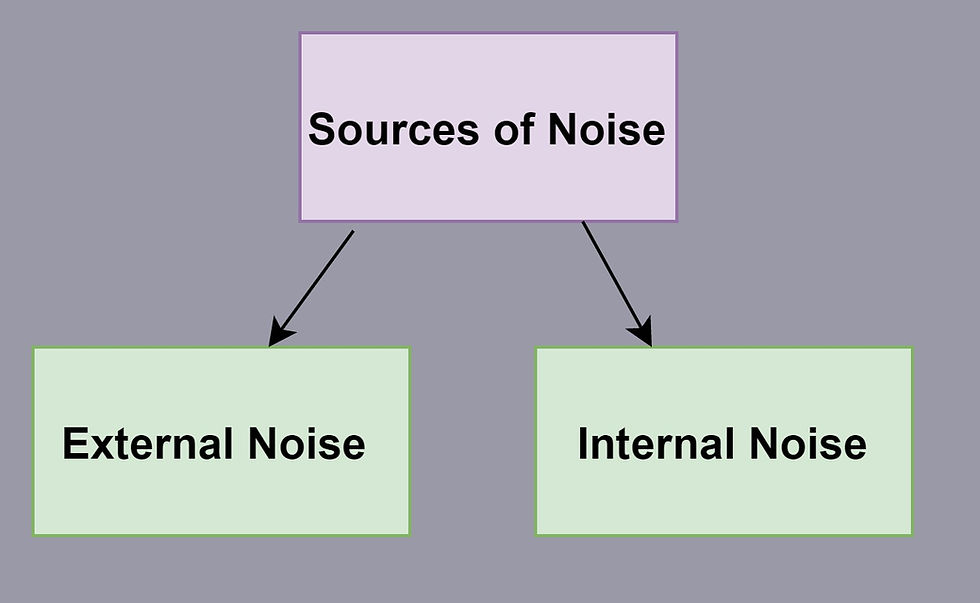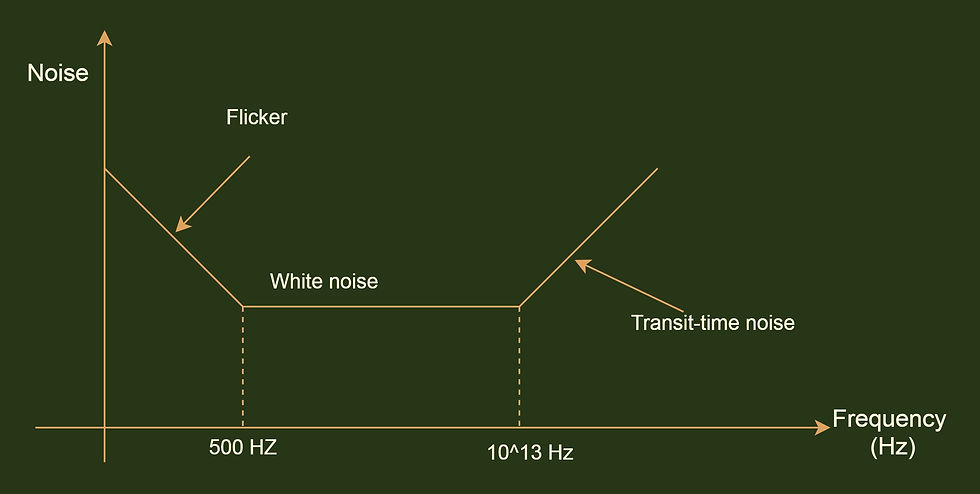Noise a very familiar word in our day to day life, So what is noise? If to answer in the simplest way noise is an unpleasant, undesirable, sound which human ears didn't like to hear or which hurts the human ears. Which sound is noise totally depends on the listener for example for a person sitting in a room and listening to music played on the music system is not noise at the same time the sound of the drill #machine produced during building furniture in the house is a noise.

Here comes another question what is the difference between sound and noise, In terms of physic sound is defined as the continuous vibrations that travel from one medium to another, whereas noise is defined as the unpleasant sound that causes a disturbance. Sound is measured in Decibels(dB). The instrument used for measuring noise is the basic sound level meter or the #integrated sound level meter. Sound meters are designed to measure sounds that the human ear would detect.
Noise has a huge impact on humans and the economy. Some of the effects of noise on humans are it leads to loss of hearing, stress, sleepy less, hits the behavior, and performance level of the human being.

External Noise
All the different forms of noise that are produced outside the system come under this category.
Atmospheric Noise:- In communication atmospheric noise is shortwaves at the receiver which is not well equipped to receive them leading to a very different variety of sound all trending to interface with the program. Atmospheric noise is also called #static noise. An example of atmospheric noise is lightning discharge during a thunderstorm. Atmospheric noise is more effective in the lower and medium-range frequency bands and less effective at VHF and UHF frequency bands.
Extraterrestrial Noise:- There are various types of extraterrestrial noise, few of them are as follows.
Solar noise:- Sun is a major source of light and energy to the earth in addition to this there is also a noticeable amount of noise radiations. This is because the sun is constantly changing star which undergoes cycles of peak activity through which electrical disturbance arises such as corona flares and #sunspots.
Cosmic Noise:- Cosmic noise is due to stars as stars are also suns which radiate RF noise in the same way as the sun does. This type of noise is called thermal or black body noise. Space noise is observed at frequencies in the range from about 8MHz to somewhere above 1.43 GHz.
Industrial Noise:- Industrial noise or man-made noise produced externally or internally is the electrical noise generated by the electric motor and switching equipment, automobile and aircraft ignition, leakage from high-voltage lines, and a gathering of heavy electrical machines are all included. This man-made noise is dominant in urban, suburban, and industrially crowded areas that are densely populated. The #frequency ranges from 1 to 600 MHz.
Internal Noise
Internal noise as the name suggests comprising of noise that is created inside the system. These noises are generally random and very difficult to treat, but quite easy to observe. The noise generated in a resistor or a resistive component is random and is known as #thermal agitation noise or White noise or Johnson noise or Gaussian noise. This is because of the random motion of elements inside the component itself.
Classification of Noise

Short Noise:- This is the most common type of noise that arises due to the random arrival of electrons or holes at the output of the element or receiver.
Flicker noise:- This type of noise is due to the imperfect surface behavior of the semiconductor device and due to imperfection in the cathode surface of the electron. Flicker noise appears at low frequency and can be neglected at frequencies above 500 Hz.
Partition Noise:- Partition noise as the name signifies arises in the circuit where current division takes place or where the current has to be divided between two or more paths. Due to this reason, a triode or transistor is more #noisy than a diode.
Transit-Time Noise:- Transit-Time Noise comes into account when the duration of time taken by the electron to travel from emitter to collector of a transistor becomes notable to the period of the signal being amplified.

Some Important Points Regarding Noise
Signal-to-Noise Ratio is given by the formula = 10*log (Signal power/Noise power)
Noise Figure is defined as the ratio of the signal-to-noise power supplied to the input terminals of a receiver.
F = (Input signal-to-noise power/ output signal-to-noise power)
Noise Temperature Noise temperature is applied mostly for antennas and low-noise microwave amplifiers.
Formula:- T(eq) = T0(F-1); where T(eq) is equivalent is the noise temperature of the amplifier or receiver.
See Also:
Order Electronics Projects
Want us to guide you through your project or make the project for you? Click on the button below or reach out to us via Call/WhatsApp at (+91) - 7600948607
You can -
Order Basic Electronics Projects
Order Embedded Systems Projects
Order IoT Projects
Order FPGA Projects
Order VLSI Projects
Order Image Processing Projects
Order Matlab Projects
Order TinkerCAD Projects
Order Proteus Projects
Click on the button below to fill out the project inquiry form -
Create Various Projects
Check out our Free Arduino Projects Playlist - Arduino Projects
Check out our Free Raspberry Pi Projects Playlist - Raspberry Pi Projects
Check out our Free TinkerCAD Projects Playlist - TinkerCAD Projects
Check out our Free IoT Projects Playlist - IoT Projects
Check out our Free Home Automation Projects Playlist - Home Automation Projects
Check out our Free NodeMCu Projects Playlist - NodeMCu Projects
Follow us -
Please do follow us i.e. #learnelectronicsindia to get daily updates about new blogs, videos, courses, products, offers, competitions, quizzes, and Internship Opportunities.

Excellent work, Learn Electronics India! Your blog post on noise is a goldmine of information for anyone interested in electronics and engineering. I admire the effort put into simplifying a complex topic like noise and the attention to detail in explaining its various types. The illustrations and examples provided make it so much easier to grasp the concepts. I can't wait to explore more content from your platform. This blog is undoubtedly a treasure trove for learners and hobbyists alike.
Clear and concise. LearnElectronics India's expertise shines through.